Invented by Wanshi Chen, Peter Gaal, Hao Xu, Qualcomm Inc
Relay for eMTC and NB-IoT is a critical component in the deployment of these technologies. It acts as a bridge between the devices and the network, enhancing coverage and improving the overall performance of the communication. This is particularly important in areas with weak network signals or in underground environments where traditional communication methods may not be effective.
One of the key drivers behind the growth of the relay market is the increasing adoption of IoT devices across industries. These devices require reliable and efficient communication networks to transmit data and perform various tasks. Relay technology ensures that these devices can connect to the network seamlessly, even in challenging environments, thereby enabling the full potential of IoT applications.
Another factor contributing to the market growth is the rising demand for low-power, wide-area network (LPWAN) solutions. eMTC and NB-IoT are specifically designed to meet the requirements of IoT applications that rely on long battery life, extended coverage, and low data rates. The relay technology plays a crucial role in extending the coverage area and improving the signal strength, making it an essential component in LPWAN deployments.
The market for relay for eMTC and NB-IoT is also benefiting from the increasing investments in smart city initiatives. Governments and municipalities worldwide are investing in IoT infrastructure to improve the efficiency of public services, enhance safety, and reduce energy consumption. Relay technology enables seamless connectivity between various IoT devices deployed in smart cities, facilitating real-time data exchange and enabling intelligent decision-making.
Furthermore, the growing demand for asset tracking and monitoring solutions is driving the adoption of relay technology. Industries such as logistics, transportation, and healthcare require reliable and accurate tracking of assets, including vehicles, containers, and medical equipment. Relay for eMTC and NB-IoT ensures continuous connectivity and enables real-time tracking, enhancing operational efficiency and reducing costs.
In terms of regional market trends, Asia Pacific is expected to dominate the relay market for eMTC and NB-IoT. The region has witnessed significant investments in IoT infrastructure, particularly in countries like China, South Korea, and Japan. These countries have a large population and a high concentration of IoT devices, creating a favorable environment for the growth of the relay market.
In conclusion, the market for relay for eMTC and NB-IoT is witnessing rapid growth due to the increasing adoption of IoT devices, the demand for LPWAN solutions, and the investments in smart city initiatives. Relay technology plays a crucial role in extending coverage, improving signal strength, and enabling seamless connectivity for IoT devices. As the IoT ecosystem continues to expand, the relay market is expected to thrive, providing the necessary infrastructure for the successful deployment of eMTC and NB-IoT technologies.
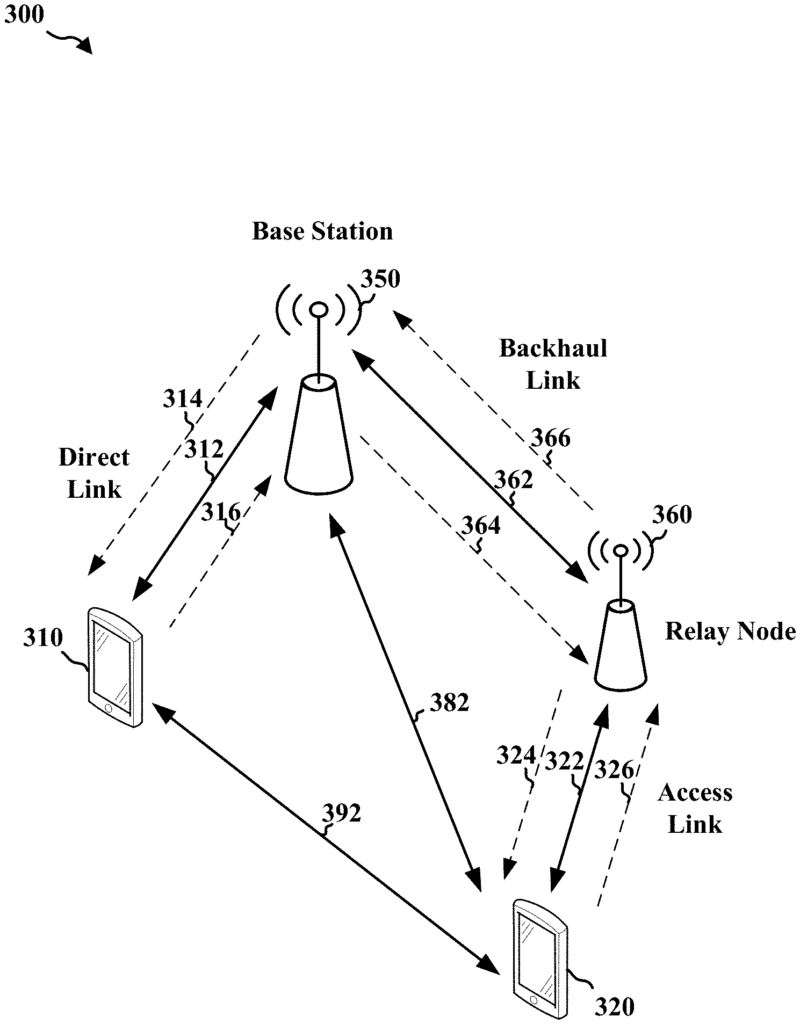
The Qualcomm Inc invention works as follows
Coverage enhancement for an eMTC may be restricted if a MTC device switches between transmission and reception modes using subframes which can be used either way. The present disclosure provides an easy-to-use mechanism for determining a valid set of subframes that can be used to communicate via a backhaul, access, or direct link. The present disclosure provides a mechanism that allows a device to switch between different communications link operations by using subframes not available for transmitting or receiving data. The apparatus can receive information on repetition configuration from a basestation in direct communication with a UE. The apparatus can determine if the base station acts as a relay. The apparatus can determine a repeat configuration for communication between base station and UE based on at least the repetition configuration and whether the base is a node relay.
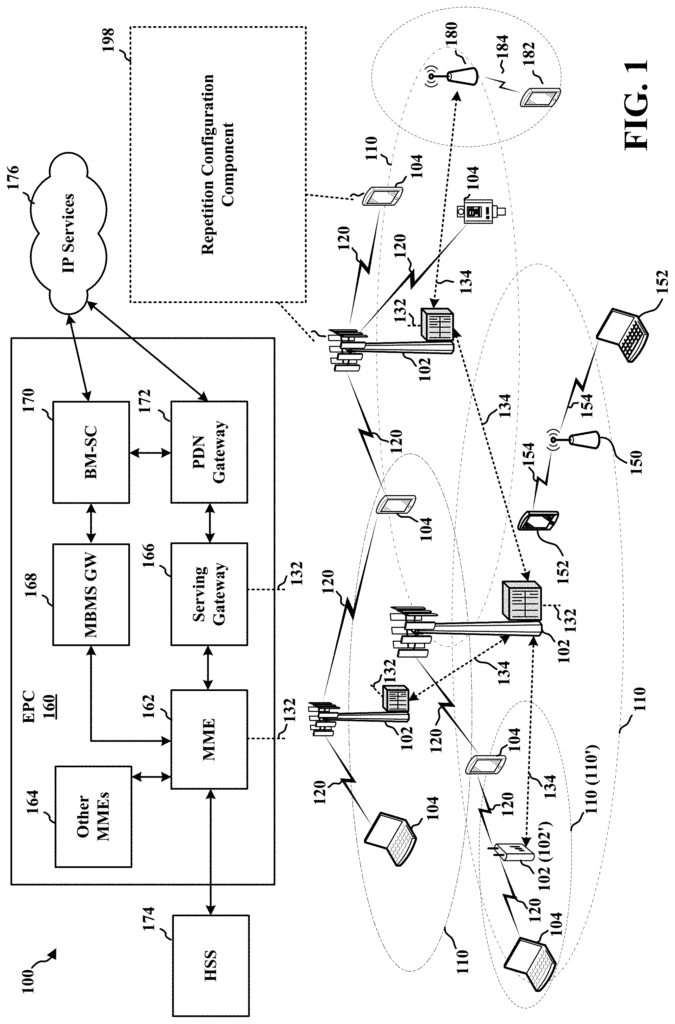
Background for Relay for enhanced Machine Type Communication and Narrow Band Internet of Things
Field
The present disclosure is a general description of communication systems and, in particular, relays for enhanced Machine Type Communication (eMTC) or narrow band Internet of Things.
Background
Wireless communication systems are widely used to deliver a variety of telecommunications services, including telephony and video. Wireless communication systems typically use multiple-access technologies that can support communication with multiple users through sharing system resources. Multiple-access technologies can include, for example, code division multiple-access (CDMA), time division-multiple-access (TDMA), frequency-division-multiple-access (FDMA), orthogonal-frequency-division-multiple-access (OFDMA), single-carrier-frequency-division-multiple-access (SC-FDMA), and time-division-synchronous code-division-multiple-access (TD-SCDMA).
These multiple-access technologies have been adopted by various telecommunications standards to provide an open protocol that allows different wireless devices on a local, national, regional and global level to communicate. Long Term Evolution is an example of a telecommunications standard. LTE is a set enhancements to Third Generation Partnership Project’s (3GPP) Universal Mobile Telecommunications System mobile standard. LTE was designed to support mobile access broadband through improved spectral efficiencies, lowered costs and improved services. As the demand for mobile access to broadband continues to grow, LTE technology will need further improvement. These improvements could also apply to other multi-access technology and the telecommunications standards that use these technologies.
Wireless communication system design is focused on improving spectral efficiency and enhancing quality of service. Budgets for wireless communication systems’ downlink (DL), uplink (UL), and coverage may be designed to cover high-end devices such as the latest smartphones and tablets. It may also be desirable to support lower-cost, low-rate devices.
The following provides a summary of a few aspects to give a general understanding of these aspects. This summary does not provide a comprehensive overview of all aspects. It is not intended to identify the key elements or define the scope of any aspect. This summary is intended to provide a brief overview of some aspects, and a precursor to the more detailed descriptions that will be presented later.
Wireless communication system design is focused on improving spectral efficiency and providing a more ubiquitous coverage. The current wireless communication system DL budgets and UL budgets are designed to cover high-end devices such as the latest smartphones and tablets. It may also be desirable to support devices with low rates and low costs. Considerations for low-cost machine-type communications (MTC) and eMTC include, among others, a reduction of maximum bandwidth, a single radio frequency (RF), a reduction of peak rate, a reduction of transmit power, or the performance of a half duplex operation. These low-cost, low-rate devices will require a low-power transmitter. “These devices can communicate, for instance, using half-duplex (HD) wireless communication.
In some cases, MTC device may have reduced peak rates (e.g. a maximum transport blocks (TB) may be 1000 bits). A MTC device can also have rank 1 transmission, and use a single antenna to transmit and receive. The device might be limited to HD communications. A device that uses HD communications may have a relaxed switch time (e.g. a switching from transmission to receiving, or vice versa). A nominal switching time of 20 s may apply to a non MTC device, but 1 ms may apply to an MTC device. The coverage enhancement of a eMTC may be limited if the MTC device switches between transmission and reception modes using subframes which can be used for either transmissions or receipts.
The present disclosure includes, among other things, a method by which a relay and/or UE can determine a valid set of subframes to be used in communication via a backhaul, access, or direct link. The present disclosure also provides a mechanism that allows a relay node or UE to switch between backhaul links, access links, and/or directly linked operations by using subframes which are not available for transmitting or receiving data. Using the techniques below, the present eMTC can further improve the repetition level coverage of eMTC devices, such as UEs or relay nodes.
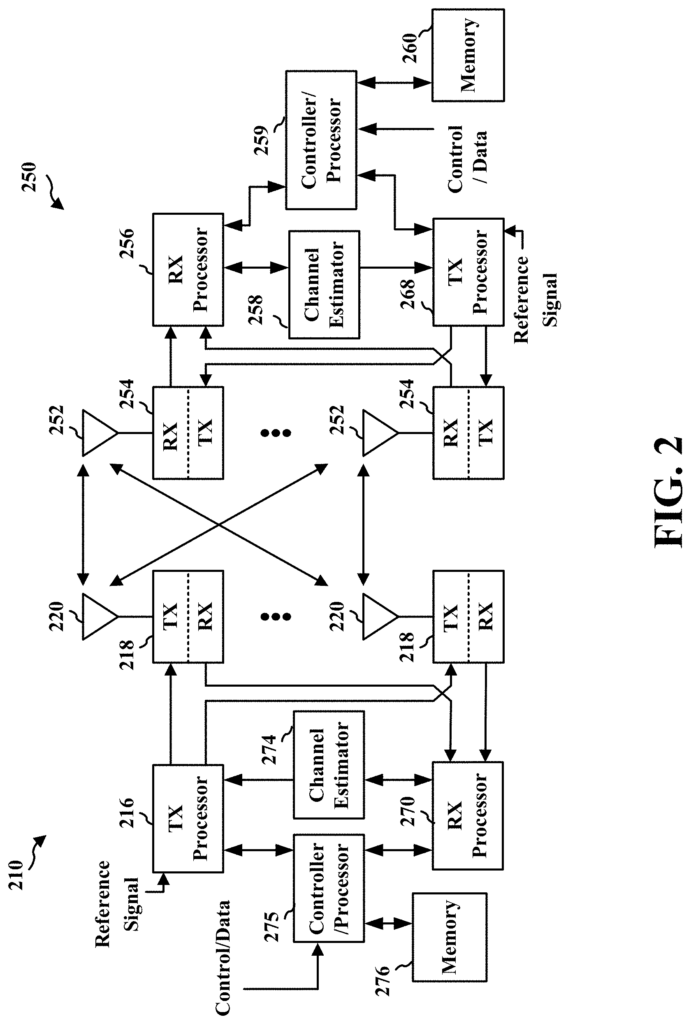
In one aspect of the disclosure, an apparatus, a method and a computer-readable media are provided to enable wireless communication by using a relay. The apparatus, for example, may receive information on repetition configuration from a relay node in communication with a base station. The apparatus can also determine the backhaul repeat configuration for a link backhaul and the access link repet configuration for an link access at the relay node, based on the repetition configuration it receives from the base station.
In a further aspect of the disclosure, there is a method, an computer-readable medium and an apparatus for wireless communication utilizing a user device (UE). The apparatus could, for example, receive information about repetition configuration from a basestation in direct communication with UE. The apparatus can determine whether the base is a node relay in one aspect. In a second aspect, based on at least the information about the repetition configuration and whether the base is a node relay, determine a repeat configuration for communication between base and UE.
The one or more aspects are those features that have been described in detail and specifically in the claims, and which serve to achieve the above and related purposes.” The drawings and description that follow illustrate certain features of one or more aspects. These features are only a few examples of how the principles of different aspects can be applied. This description is meant to cover all of these aspects and their equivalents.
The detailed description given below, in conjunction with the drawings attached, is meant to be a description for various configurations. It is not intended to be the only configurations that can be used in order to implement the concepts described in this document. To help you understand the various concepts, there are specific details in the detailed description. It will be obvious to those who are skilled in the arts that these concepts can be used without these specifics. Some well-known structures and components may be shown as block diagrams to avoid confusing concepts.
Various aspects of telecommunications systems will be discussed in relation to different apparatuses and methods. The following detailed description will describe these apparatus and methods and illustrate them in the accompanying drawing by different blocks, components and circuits. These elements are collectively referred to as “blocks”. These elements can be implemented with electronic hardware, computer-based software, or a combination of both. The particular application and the design constraints placed on the system will determine whether these elements are implemented in hardware or software.
As an example, any element or portion of an item, or any combination thereof, may be implemented as a processing system. This includes one or multiple processors. Processors can include microprocessors and microcontrollers. They may also be programmable logic device (PLDs), state machine, gated logic or discrete hardware circuits. Software may be executed by one or more processors. “Software” is defined as “instructions, instruction sets (code), code segments (program code), programs, subprograms and software components. It also includes software packages, routines and subroutines.
In one or more examples, the functions described can be implemented as hardware, software or a combination of both. The functions can be encoded or stored as instructions or codes on a computer-readable media if they are implemented in software. Computer storage media are included in computer-readable media. Storage media can be any media that is accessible by a computer. Computer-readable media may include, for example, a random-access (RAM), read-only (ROM), electrically eraseable programmable (EEPROM), magnetic disk storage (or other magnetic storage devices), optical disk storage (or other magnetic storage), combinations of these types of computer-readable medium, or any other media that can store computer executable codes in the form or instructions or data structures which can be accessed.
FIG. Diagram 1 illustrates an example of wireless communications system 100 and access network. The wireless communication system (also known as a Wireless Wide Area Network (WWAN), or a WWAN for short) comprises base stations 102 and UEs, along with an Evolved Packet Core 160. Base stations 102 can include macro cells (high-power cellular base stations) or small cells (low-power cellular bases). Base stations are macro cells. “The small cells include microcells, femtocells and picocells.
The base stations 102, also known as E-UTRAN (Evolved Universal Telecommunications System Terrestrial Radio Access Network), interface with the EPC through backhaul links 132. (Example: S1 interface) The base stations 102 can perform a variety of functions including: transmission of user data (e.g. handover), radio channel ciphering (e.g. deciphering), integrity protection (e.g. header compression), mobility control (e.g. dual connectivity), connection setup and release (e.g. load balancing), distribution of non-access stratum messages (NAS), NAS node select (MBMS), synchronization (e.g. paging), positioning (e.g Base stations 102 can communicate with each other directly or indirectly, (e.g. through EPC 160), over backhaul link 134 (e.g. X2 interface). Backhaul links 134 can be wireless or wired.
The base station 102 can wirelessly communicate with UEs 104. Each base station 102 can provide communication coverage in a specific geographic coverage area 110. Geographic coverage areas 110 may overlap. The small cell 102, for example? The small cell 102? This overlaps with the coverage 110 of one macro base station 102. A heterogeneous system is a network that includes small cells and macrocells. Home base stations may be included in a heterogeneous system, and they may serve a restricted subscriber group called a closed subscribers group (CSG). Communication links 120 may be used between base stations 102, and UEs 104. These communication links can include uplink transmissions (also known as reverse link transmissions) from a UE 104 towards a basestation 102 or downlink transmissions (also known as forward link transmissions) from a UE 104 toward a UE 104. Communication links 120 can use MIMO antenna technologies, such as spatial multiplexing and beamforming. Communication links can be established through one or multiple carriers. Base stations 102/UEs can use up to YMHz bandwidth (e.g. 5, 10, 15, 20, 20 MHz) per carrier in an aggregated carrier of up to total YxMHz (x component carrier) for transmission. The carriers can be next to or not adjacent to one another. The allocation of carriers can be asymmetrical with respect to DL/UL (e.g. more or fewer carriers could be allocated for DL/UL). Component carriers can include a primary carrier and one (or more) secondary carriers. “A primary component carrier can be called a primary cell, and a second component carrier can be called a secondary carrier (SCell).
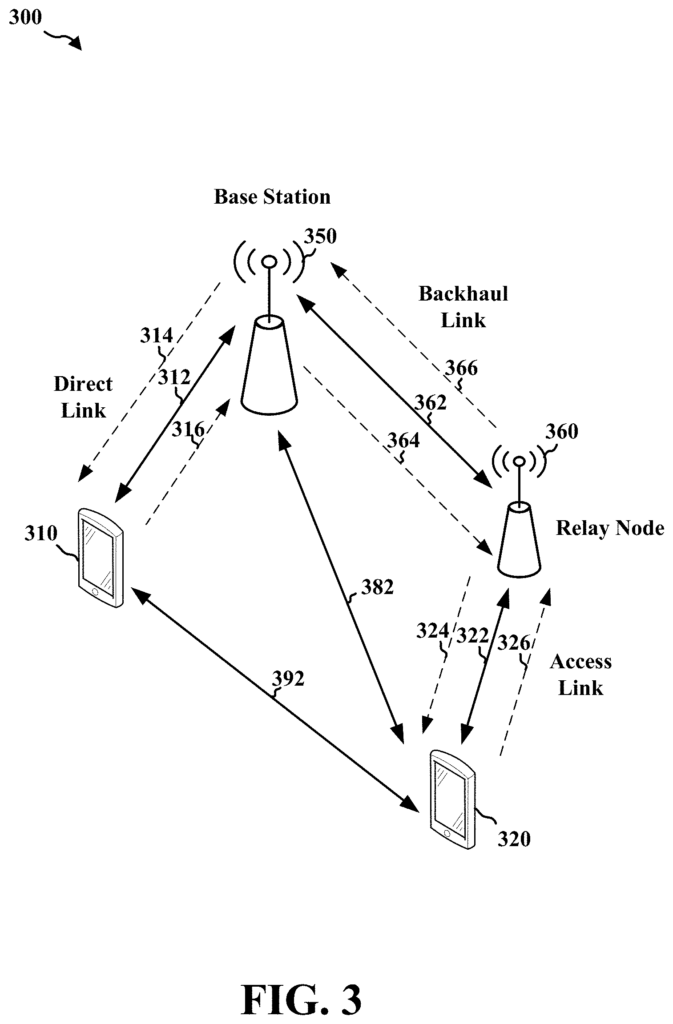
The wireless communication system can include a WiFi access point (AP), 150, in communication with WiFi stations (STAs), 152, via communication links (154), in the unlicensed 5 GHz frequency spectrum. STAs 150/AP 150 can perform a Clear Channel Assessment (CCA) before communicating to determine if the channel is open.
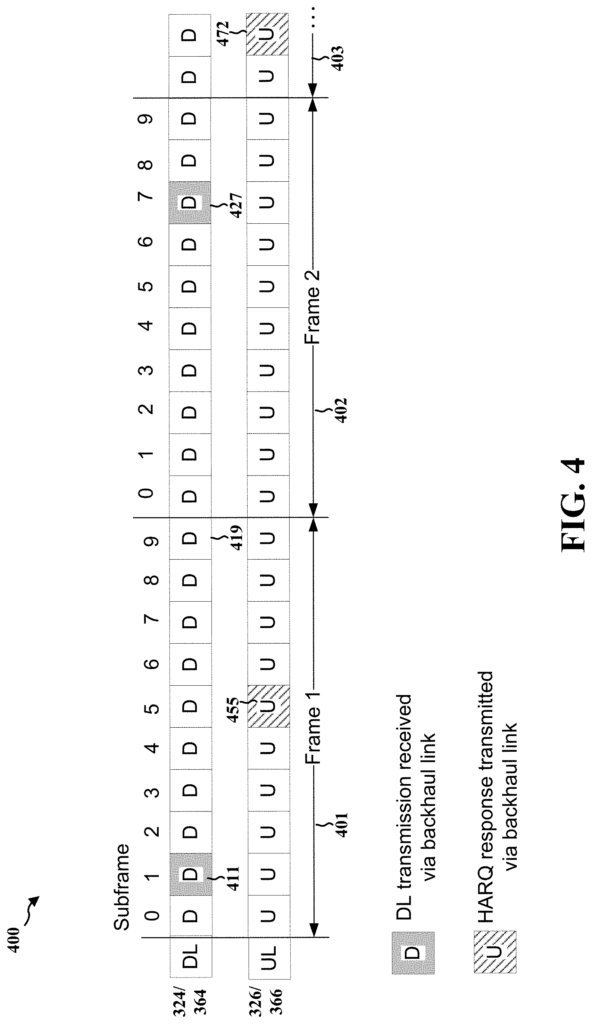
Click here to view the patent on Google Patents.
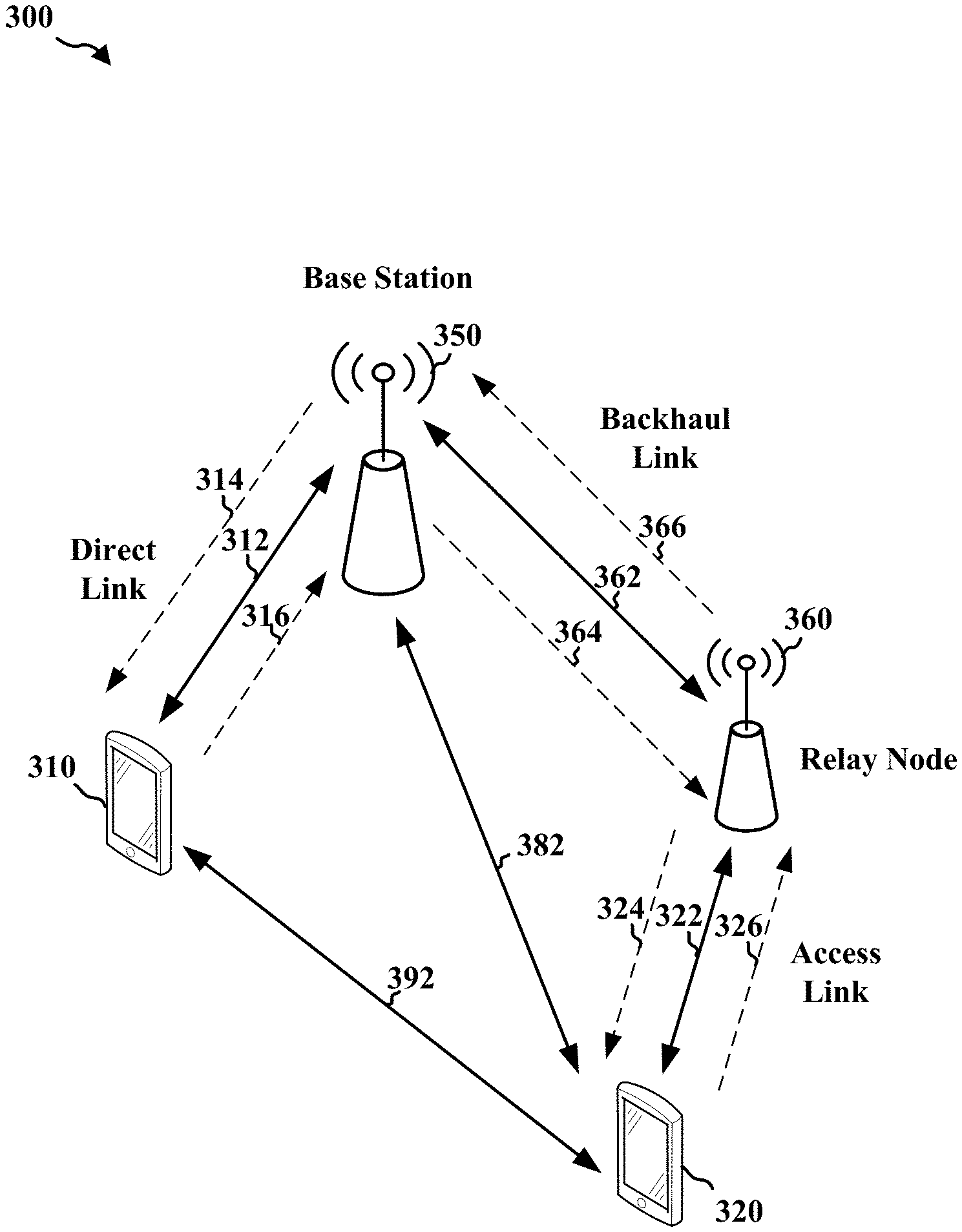
Leave a Reply